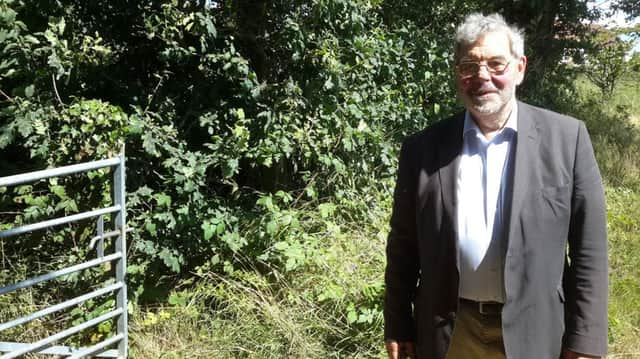Fears '˜knock on' effect of new homes will be flooding


That’s the view of Wealden councillor, Cuckmere Flood Forum and Hellingly Parish chair, David White. Mr White had already tabled an amendment to Wealden’s Draft Pro-Submission document. Among his general concerns about the Local Plan, his worries focus on a scheme, passed by Wealden members two weeks ago, to build up to 180 new homes on land at Sussex Plants with access onto Park Road, Hellingly.
Mr White explained the application is to develop a site contained within the Draft Local Plan, not yet finalised. He said: “I’m not King Canute and new homes must be built but it’s outrageous the process gives local people no option to register concerns. Sussex Plants is one of several ‘allocated’ sites. I worry that once it has been rubber stamped, before the Plan itself is finally approved, it cannot be challenged or defeated. People might see sites in the Plan and think, ‘Oh, I don’t like that application’ but their objections carry no weight. Once sites are allocated there is an avalanche of schemes from would-be developers.”
Advertisement
Hide AdAdvertisement
Hide AdMr White is also concerned about potential surface water and flooding. He went on: “Drainage capacity at the sewage works has been ‘magicked up’ to cope. What worries me is surface water. Farmers say this land lies wet. Bovis raised the level of their adjoining site, Sussex Plants site landraise will be just short of a metre and this has a knock-on effect on nearby homes and roads. Once it rains heavily, we can expect to see water lapping around Bakers Farm Park when the river overtops again. A get-out clause in insurance schemes means that new house buyers will not be able to get insurance against flooding on their homes.”
But he directs his fury on the virtual obliteration of countryside around the once idyllic village, saying: “Hellingly once had 600 homes, now rising to 1,200 and ultimately to 2,200.”